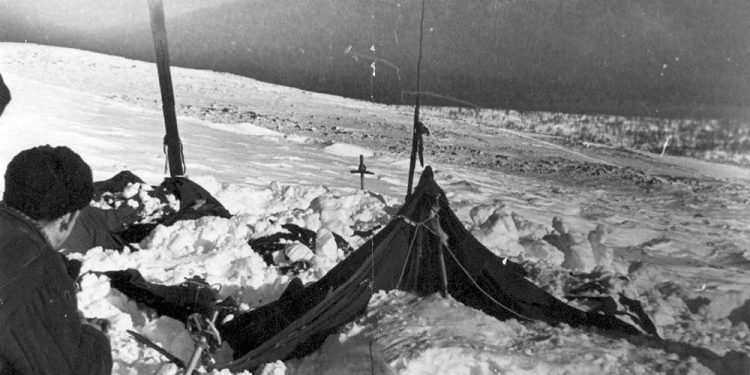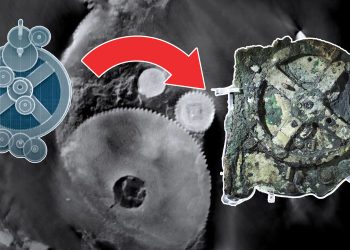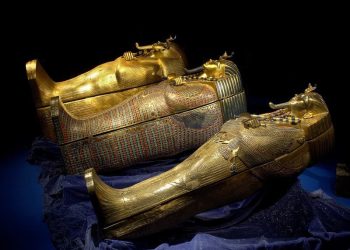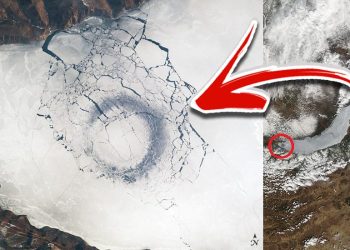In 1959, a group of tourists tragically lost their lives. On February 2, 1959, nine people from the Ural Polytechnic Institute (UPI), led by Igor Dyatlov, embarked on what they thought would be an exciting 16-day hike, traveling over 350 kilometers and climbing the Otorten and Oiko-Chakur mountains. But their journey was tragic as all of them lost their lives. Search and rescue operations began on February 20 after the group failed to report. What rescuers saw was shocking, to say the least. They discovered the group’s bodies in their underwear, and the tents were torn apart. A few days later, given the tragic death of the group, on February 26, a criminal investigation was initiated. Eventually, the analysis concluded that the tent was abruptly exited by all members of the group simultaneously. The investigation did not discover any signs of struggle or injuries that might have pointed toward a possible confrontation, and all the group’s valuables remained in place. So, what happened to them?
A new theory
A new theory has been put forth, as investigators have reported new facts and information about what might have occurred to the group of people in 1959. In 2020, experts concluded the group had tragically lost their lives because of an avalanche. However, their deaths were inconsistent with that conclusion. Now, it has been claimed that the launch of a military missile might have been to blame. Experts have proposed that a fog of nitric acid expelled from the missile might have covered the students’ tents, eventually poisoning, disorienting, and killing them. When the event occurred, people in the surrounding area reported seeing a mysterious fireball streaking across the sky. The exact nature of this object was never determined.
But what was the criminal case dismissed in 1959, and why did experts conclude that the group had died of an avalanche? Until this day, not everyone was convinced that the avalanche was the cause of death. Nonetheless, a re-investigation in 2019 also concluded that the avalanche had killed the group. The examinations suggested that the group was forced to flee 50 meters from the tent. They are thought to have been disorientated by poor visibility and eventually froze. These previous examinations did not consider the rocket theory.
A UFO?
As reported by RPE, the group’s family members disagreed with the avalanche theory, urging investigators to reconsider man-made factors. On January 25, 2023, experts revealed additional details about the Dyatlov Pass incident during a press conference. The new data seemed to favor the rocket theory, showing that the hikers did not die because of an avalanche after all. In fact, the new analysis revealed that starting investigations were off. One participant in the search for the hikers from 1959, Vladislav Karelin, revealed that mistakes were made during the initial examinations. One detail omitted was the amount of snowfall in the region. Although reports suggested that around 2,5 meters of snowfall accumulated in the region, when the search and rescue group set out to find the hikers, they noticed considerably less snow.
In fact, the rescuers reported that they saw many stones “sticking out of the snow,” suggesting that insufficient snow had accumulated for the avalanche theory to be plausible. Mr. Karelin reported that on February 17, the search and rescue group noticed a fireball streaking across the sky near the Dyatlov Pass. The object was supposedly moving from east to west. However, this mysterious object was also seen in other areas of the country. But, this object seemed to have changed direction, as other reports indicate the object was moving from south to north. What exactly this object was is still a profound mystery. The details of the object’s appearance in the sky and how it changed trajectory while in flight suggest it was under intelligent control. And although rockets seem like flying fireballs in the sky, can day alter course drastically?
Furthermore, the initial investigation discovered that some of the trees not far from where the group had set up camp were burned, although the snow near the trees had not melted away. This begs the question of what could have caused some of the trees to be burnt but the snow and ice to remain unchanged.
Chemical mist
The new analysis of the data suggests it is possible that chemicals from the rocket killed the group of hikers. According to investigator Vadim Skibinsky, the rocket was probably an R-12, liquid, single-stage, medium-range ballistic missile. Skibinsky explained that if the missile launched unsuccessfully or had in-flight glitches, it would automatically release some of the propellant, including nitric acids. If the missile made its way above or near the hikers’ tent and failed at some point, the chemicals could have made their way to the surface, interacting with the snow and the tent and eventually causing panic among the group, leading to their tragic death.
According to Mr. Skibinsky, in January and February 1959, six rockets are thought to have been launched from the military base at Polyarny. However, no documents suggest the launches were unsuccessful or that the missiles had failed in flight. Among the missiles launched from Polyarny was the R-12. So, if no missiles failed, what was the source of the chemicals?
Have something to add? Visit Curiosmos on Facebook. Join the discussion in our mobile Telegram group. Also, follow us on Google News











